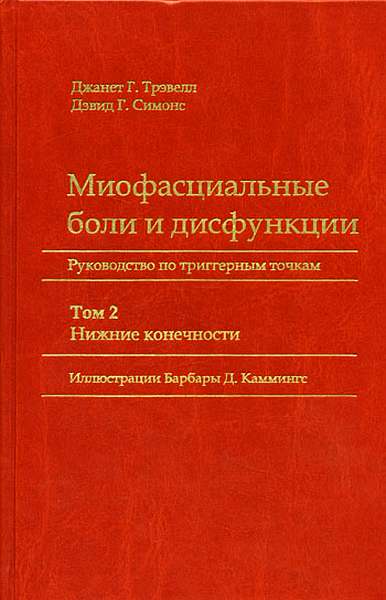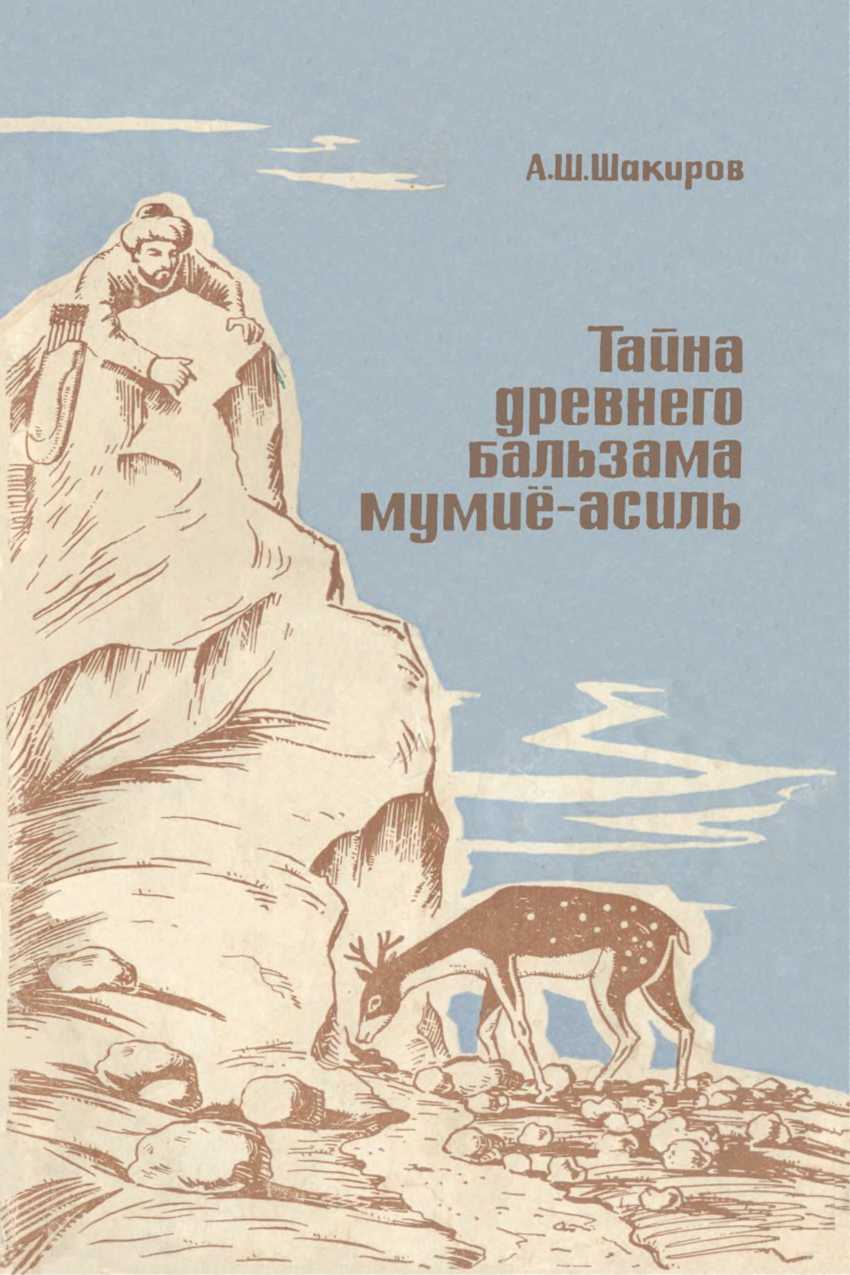Шрифт:
Закладка:
Миофасциальные боли и дисфункции. Руководство по триггерным точкам (в 2-х томах). Том 1. Верхняя половина туловища - это первая часть знаменитого труда Джанет Г. Трэвелл и Дэвида Г. Симонса, посвященного одной из актуальных проблем современной медицины - болевым ощущениям, возникающим в мышцах и связанным с наличием триггерных точек. Триггерные точки - это участки повышенной чувствительности в скелетных мышцах, которые вызывают локальную или отдаленную боль при надавливании или раздражении. Авторы подробно описывают анатомию, физиологию, патофизиологию и клинику миофасциальных болей и дисфункций, а также методы диагностики и лечения триггерных точек различными способами - от массажа и растяжения до инъекций и хирургии. В этом томе рассматриваются мышцы верхней половины туловища - от головы и шеи до грудной клетки и живота. Каждая глава содержит подробные схемы расположения триггерных точек и зон отраженной боли, а также фотографии и рисунки, демонстрирующие методы лечебного воздействия. Книга является незаменимым пособием для врачей различных специальностей, занимающихся лечением болевых синдромов, а также для специалистов в области мануальной терапии, физической реабилитации и спортивной медицины.
Если вы любите читать книгу онлайн на сайте knizhkionline.com, то не упустите возможность ознакомиться с этим уникальным руководством по триггерным точкам, которое поможет вам понять причины и механизмы миофасциальных болей и дисфункций, а также научиться эффективно их лечить. Миофасциальные боли и дисфункции. Руководство по триггерным точкам (в 2-х томах). Том 1. Верхняя половина туловища - это книга, которая необходима каждому медику и интересна каждому читателю!






